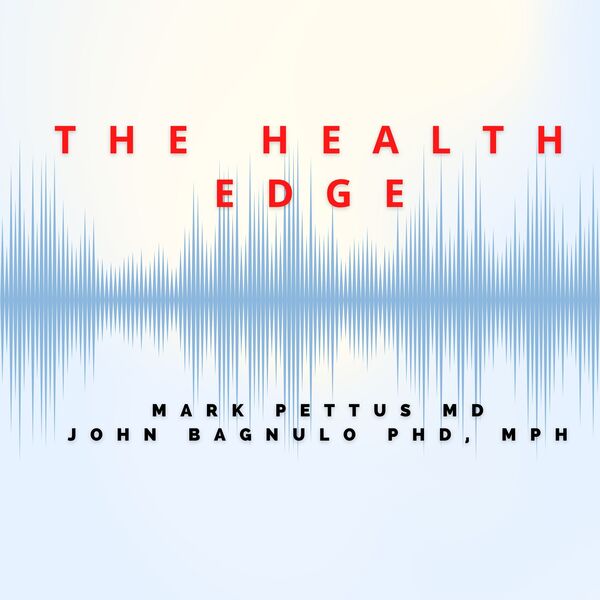In this episode of The Health Edge Mark and John discuss the growing epidemic of non-alcohol fatty liver disease (NAFLD). They review the contributors and share a lifestyle roadmap for prevention and reversal of NAFLD. Enjoy!
Join Mark and John for an Amazing Rejuvenation retreat at La montana azul CR December 3-8



5 thoughts on “The Health Edge: Non-Alcohol Fatty Liver Disease”